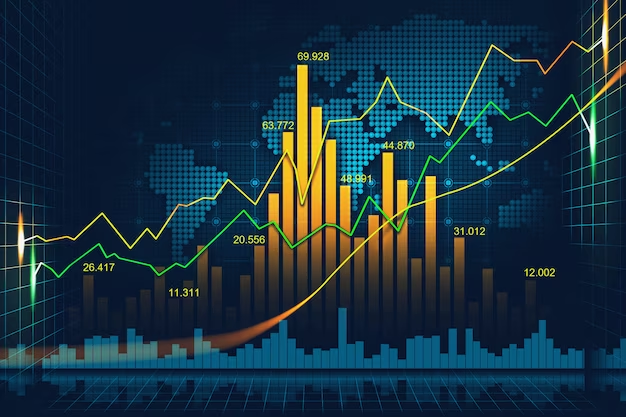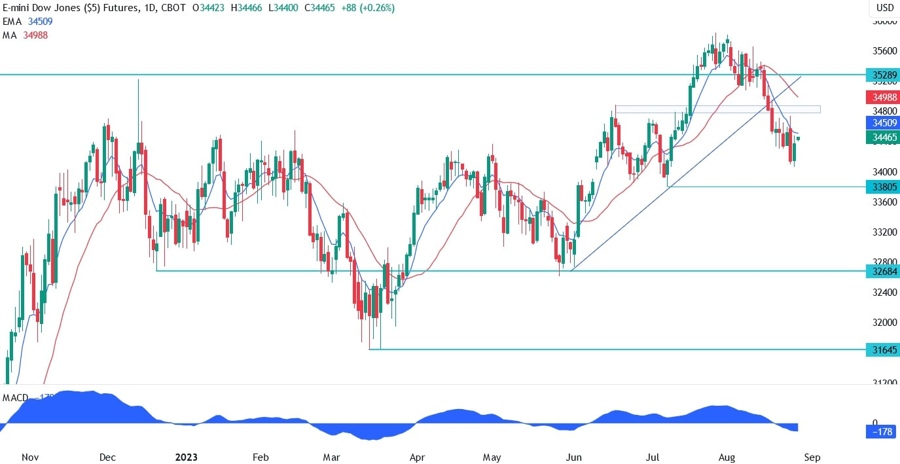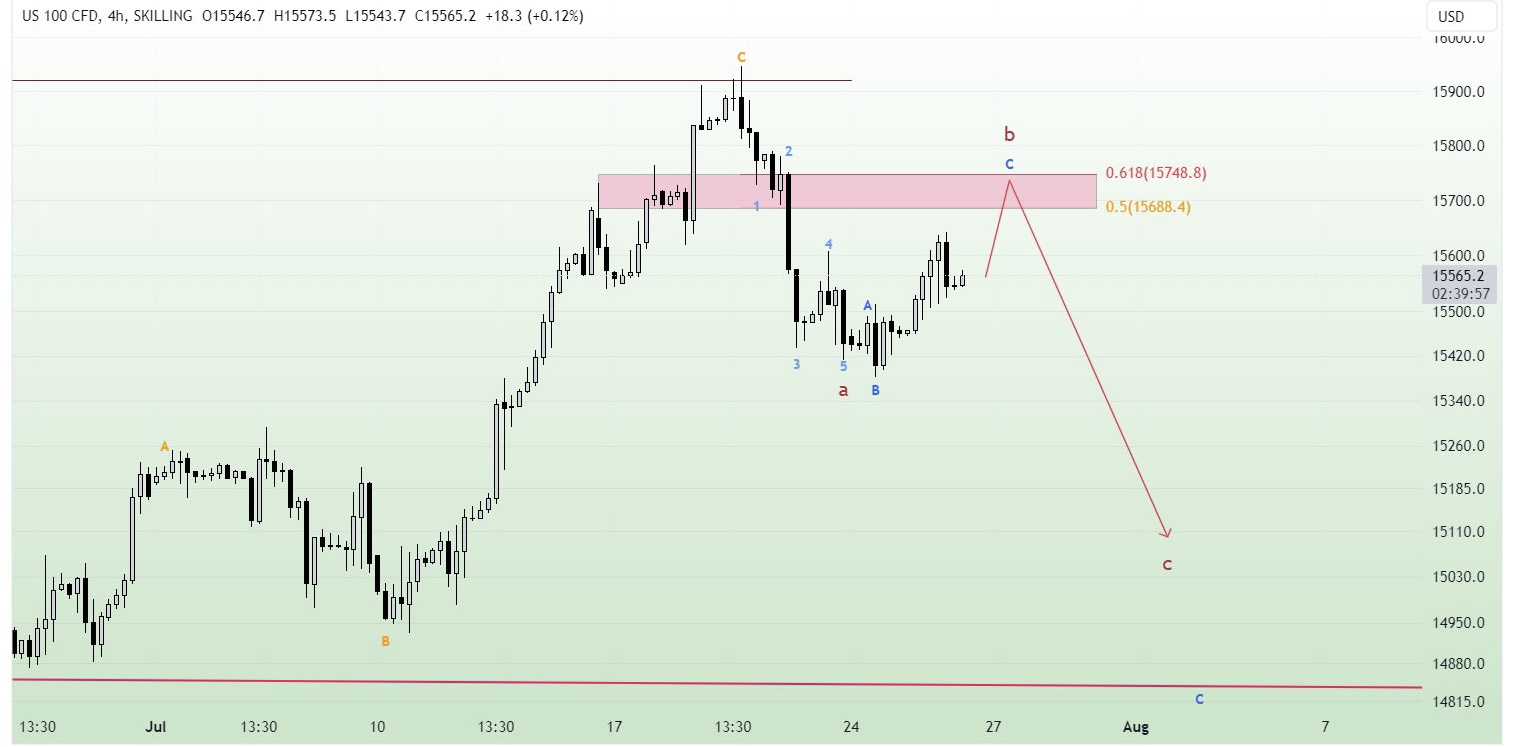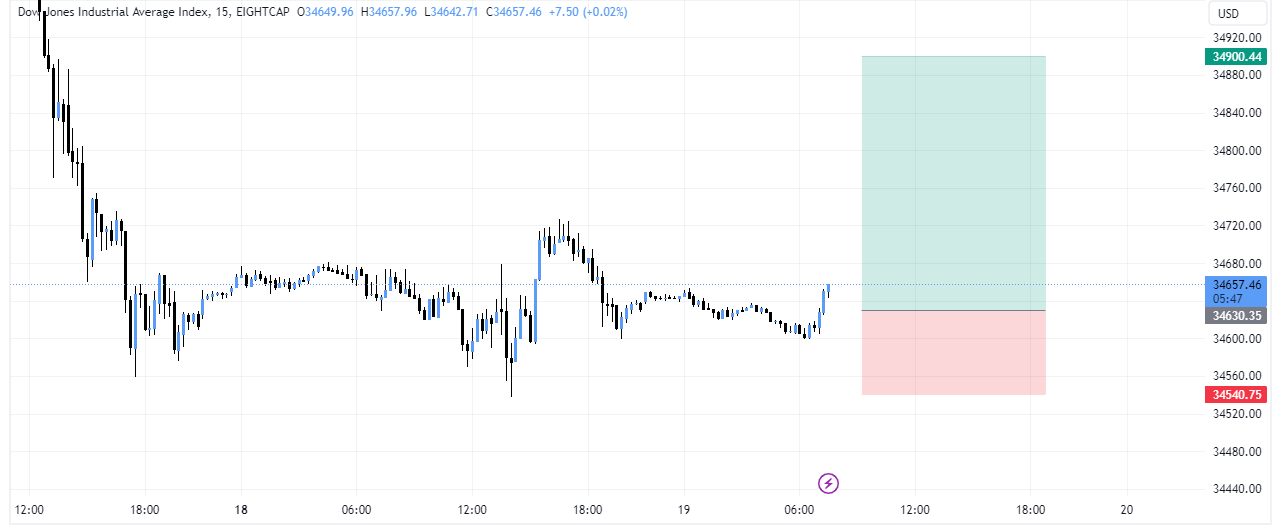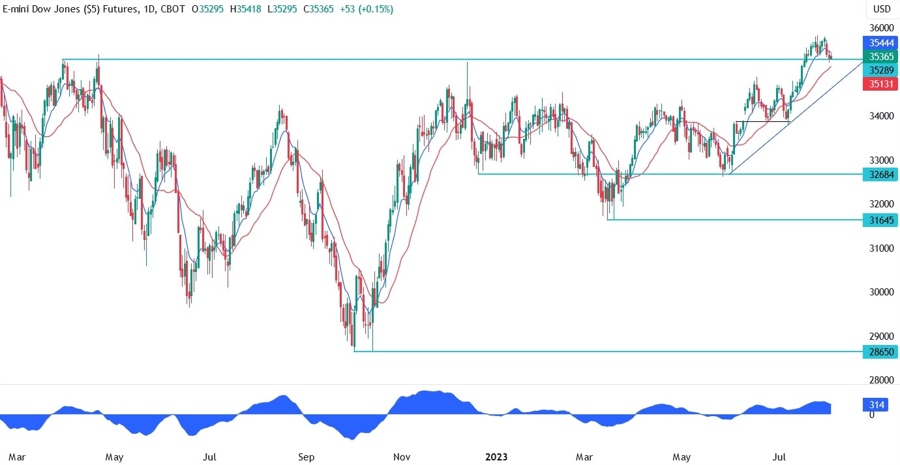Amsterdam Exchange Index AEX index
Parent Index
NA
Indices informations
Sector Represented
| Food retailers & wholesalers |
| Life insurance |
| Iron & steel |
| Medical equipment |
| Entertainment |
Indices
- BSE SENSEX
- CAC 40
- CBOE NASDAQ-100 Volatility Index (VXN)
- CBOE Volatility Index (VIX)
- China50-FTSE China A50 Index
- DAX
- DAX PERFORMANCE-INDEX-GDAXI
- DE40-Germany 40 Index DAX
- Dollar Index USDX-DXY-DX-Dixie
- Dow Jones Industrial Average-DJIA
- EURO STOXX 50 SX5E
- FTSE 100 Index-UK100 Index
- Germany 30
- Hang Seng Index
- IBEX 35-Spain 35
- NASDAQ Composite
- NASDAQ-100
- Nikkei 225
- Russell 2000 Index
- S&P/ASX 200
- Singapore Blue Chip Index-STI
- Swiss Market Index (SMI) Switzerland Blue Chip Index
- TecDax Price Index
- TECHDE30-Germany Tech 30 Index
- US Tech 100 Index UT100
- US2000-US Small Cap 2000 Index
- US30-US Wall Street 30 Index
- US30M- US Wall Street 30 Index M
- US500-S&P 500 (GSPC, INX, SPX)
- US500-US SPX 500 Index
- US500M-S&P 500 Mini
- All Ordinaries
- Amsterdam Exchange Index AEX index
- ATX-Austrian Traded Index (ATX)
- BEL 20
- BELEX15
- BIRS
- BIST-Borsa Istanbul
- CROBEX
- EGX 30 Index Egypts Leading Stock Market Index
- FTSE All-Share Index
- FTSE Bursa Malaysia Index-KLCI Index
- FTSE MIB-FTSE MIB 40
- Índice Bursátil Caracas (IBC)
- Índice Bursátil de Capitalización-The General Index
- Indice de Precios y Cotizaciones
- KOSPI
- KSE 100 Index
- MDAX
- MERVAL
- MICEX-The MOEX Russia Index
- OBX Index
- OMX Copenhagen 20 (OMXC20)
- OMX Helsinki 25 (OMXH25)
- OMX Stockholm 30 (OMXS30)
- PSE Index (PSEi)
- PSI20-PSI-20
- S&P/NZX 50 Index
- S&P/TSX 60
- S&P/TSX Composite Index
- S&P/TSX Venture Composite Index
- SOFIX
- SSE Composite Index (上证综指) Shanghai Composite Index
- Straits Times Index (STI)
- SZSE Component Index (深证成指)
- TA-125 Tel Aviv 125 Index
- Taiwan Capitalization Weighted Stock Index (TAIEX)
- The Indice de Precio Selectivo de Acciones- IPC
- CBOE NASDAQ-100 BuyWrite Index (BXN)
- Hang Seng China H-Financials Index
- IBOVESPA-The Bovespa Index-Brazil Stock Exchange Index
- NASDAQ Financial-100
- SDAX – Small cap
- TecDAX
- aaa
- Amex Gold BUGS Index
- Amex Oil Index
- AScX index – Small cap
- ASE Weighted Index
- Athex 20
- Barrons 400 Index
- BELEXline
- BET-10
- BSE DCI
- BSE FCI
- BUMIX – Mid cap
- BUX – Large cap
- CA60-Canada 60 Index
- CAC All Share
- CAC All-Tradable
- CAC Large 60
- CAC Mid & Small
- CAC Mid 60
- CAC Next 20
- CAC Small
- Capital Markets Index
- CASPI
- CBOE DJIA BuyWrite Index (BXD)
- CBOE S&P 500 BuyWrite Index (BXM)
- CBV Index
- CBV Real Estate Index
- CECEEUR
- Central European Blue Chip Index – Regional large cap
- ChinaH-Hong Kong China H-shares Index
- COLCAP
- Colombo Stock Exchange Sector indices (CSE Sectors)
- CROBIS
- CSC X
- CSE 30
- CSE50
- CSI
- CSI 100 Index (中证100指数)
- CSI 300 Index (沪深300指数)
- Dow Jones Global Titans 50
- Dow Jones Transportation Average
- Dow Jones Utility Average
- DSE
- DSEX
- DSM200
- EGX 100 Index
- EGX 50 Index
- EGX 70 Index
- ERS10
- FIRS
- FT 30 Index
- FTSE 350 Index
- FTSE AIM All-Share Index
- FTSE AIM UK 50 Index
- FTSE All-World index series
- FTSE Fledgling Index
- FTSE Italia Mid Cap
- FTSE MID 250 Index
- FTSE SmallCap Index
- FTSE techMark Index
- FTSE/Athex Large Cap
- FTSE/JSE All Share Index
- FTSE/JSE Top 40 Index
- FTSEurofirst 300 Index
- FTSEurofirst Euro Supersector Indices
- GSE All-Share Index
- Hang Seng China Enterprises Index
- Hang Seng China-Affiliated Corporations Index
- HK50
- IDX Composite
- IGBC
- IPSA
- ISEQ 20-The Ireland Overall Stock Exchange Index-ISEQ20
- IT40-Italy 40 Index
- Jakarta Islamic Index (JII)
- Jamaica Stock Exchange (JSE)
- KASE
- KMI 30 Index
- KOSDAQ
- KSE All Share Index
- KSE-30 Index
- Kuala Lumpur Composite Index
- LASI
- LQ-45
- LuxX Index – Luxembourg Stock Exchange
- MADEX index
- Madrid Stock Exchange General Index
- MASI index
- MESDAQ
- MIDDE50-Germany Mid 50 Index
- MIDDE60-Germany Mid 60 Index
- Milanka Price Index (MPI)
- MSCI EAFE
- MSCI GCC
- MSCI Hong Kong Index
- MSCI World
- MSM-30
- NEPSE Index – Nepal Stock Exchange
- NETH25
- NIFTY 100 LOW VOLATILITY 30
- NIFTY 200
- NIFTY ALPHA 50
- NIFTY BANK
- NIFTY CPSE
- NIFTY ENERGY
- NIFTY FINANCE
- NIFTY FMCG
- NIFTY INDIA CONSUMPTION
- NIFTY INFRA
- NIFTY IT
- NIFTY MEDIA
- NIFTY METAL
- NIFTY MIDCAP 100
- NIFTY MIDCAP 50
- NIFTY MIDCAP LIQUID 15
- NIFTY MIDSMALLCAP 400
- NIFTY MNC
- NIFTY Next 50
- NIFTY PHARMA
- NIFTY PSE
- NIFTY PSU BANK
- NIFTY PVT BANK
- NIFTY REALTY
- NIFTY SERV SECTOR
- NIFTY SMALLCAP 100
- NIFTY SMALLCAP 250
- NIFTY SMALLCAP 50
- NIFTY100 EQUAL WEIGHT
- NIFTY100 LIQUID 15
- NIFTY200 QUALITY 30
- NIFTY50 EQUAL WEIGHT
- Nor25-Norway 25 Index
- NSE 30 Index
- NSE All Share Index
- NSE NIFTY 50
- NYSC Arca Major Market Index
- NYSE American Composite Index
- OMX Iceland 15 (discontinued)
- OMX Iceland 6
- OMX Stockholm PI (OMXSPI)
- OMX Vilnius (OMXV)
- OTCM QX ADR 30 Index
- Palisades Water Index (ZWI)
- PFTS index
- Philadelphia Gold and Silver Index
- PHLX Semiconductor Sector
- PSE All Shares Index
- PSE Financials Index
- PSE Mining and Oil Index
- PSI/GERAL
- PX Index
- RTS Index (RTSI)
- Russell 1000
- Russell 2500
- Russell 3000
- Russell MidCap
- Russell Small Cap Completeness
- S&P 100
- S&P 1500
- S&P Asia 50
- S&P BSE 500
- S&P Europe 350
- S&P Global 100
- S&P Global 1200
- S&P Latin America 40
- S&P MidCap 400
- S&P MidCap 400/BARRA Growth
- S&P MidCap 400/BARRA Value
- S&P SmallCap 600
- S&P SmallCap 600/BARRA Growth
- S&P SmallCap 600/BARRA Value
- S&P Vietnam 10 Index
- S&P/ASX 20
- S&P/ASX 300
- S&P/ASX 50
- SA40-South Africa 40 Index
- SBF 120
- SE30-Sweden 30 Index
- SET Index
- SET100 Index
- SET50 Index
- Slovak Share Index
- SMI Expanded
- SMI MID
- SPBLPGPT
- SSE 180 Index (上证180指数)
- SSE 50 Index (上证50指数)
- STOXX Europe 600
- SWI20-Switzerland 20 Index
- Swiss Leader Index (SLI)
- Swiss Performance Index (SPI)
- SZSE 100 Index (深证100指数)
- SZSE 200 Index (深证200指数)
- SZSE 300 Index (深证300指数)
- TA-35 Index
- TA-90
- Tadawul
- TEDPIX
- TEPIX
- The Global Dow
- The GSE Composite Index.
- THETAUSD Theta Network Token vs US Dollar
- TOPIX
- Trinidad and Tobago Stock Exchange (TTSE)
- UBS 100 Index
- Value Line Composite Index
- VN Index
- WIG-Warszawski Indeks Giełdowy
- WIG30
- Wilshire 4500
- Wilshire 5000
- Zimbabwe Industrial Index
- Zimbabwe Mining Index
AEX Index: Amsterdam’s Leading Stock Market Indicator
The AEX Index, also known as the Amsterdam Exchange Index, is a key stock market indicator in the Netherlands. It provides investors and analysts with valuable insights into the performance of the Dutch economy and the country’s leading companies.
Established in 1983, the AEX Index is comprised of the top 25 Dutch companies listed on Euronext Amsterdam, which is the primary stock exchange in the Netherlands. These companies represent various sectors, including finance, technology, energy, and consumer goods.
One of the distinctive features of the AEX Index is its weighted index calculation methodology. This means that the weight of each company in the index is determined by its market capitalization. Consequently, larger companies have a greater impact on the overall performance of the index.
The AEX Index has become an important benchmark for investors, traders, and fund managers. It serves as a reference point to evaluate the performance of investment portfolios, as well as to measure the overall health and stability of the Dutch stock market.
Investing in the AEX Index can be done through various financial instruments, such as exchange-traded funds (ETFs) and futures contracts. These instruments allow investors to gain exposure to the performance of the entire index or specific sectors within it, without having to directly buy shares of individual companies.
The AEX Index is closely monitored for any significant fluctuations, as it reflects market sentiment and investor confidence. Changes in the AEX Index can signal economic trends, corporate developments, or geopolitical events that may impact the Dutch market and beyond.
Additionally, the AEX Index is used by financial analysts and economists to analyze the correlation between stock market performance and other economic indicators, such as GDP growth, inflation rates, and employment figures. This analysis helps in understanding the broader implications of stock market movements on the overall economy.
In conclusion, the AEX Index plays a crucial role in Amsterdam’s financial landscape. It serves as an important indicator of the Dutch stock market’s performance and provides valuable insights into the country’s economic health. Whether you are an investor, analyst, or simply interested in tracking the Dutch economy, keeping an eye on the AEX Index is essential.
AEX Index Key Data Points
The AEX index, also known as the Amsterdam Exchange index, is a stock market index composed of the 25 largest and most actively traded companies listed on Euronext Amsterdam. It provides investors with a snapshot of the Dutch stock market’s overall performance.
Here are some key data points related to the AEX index:
1. Constituent Companies
The AEX index consists of 25 constituent companies, including well-known multinational corporations such as Royal Dutch Shell, ING Group, Philips, and Unilever. These companies represent various sectors of the Dutch economy, including finance, technology, energy, consumer goods, and healthcare.
2. Market Capitalization
The AEX index is a market capitalization-weighted index. This means that the weight of each constituent company in the index is determined by its market capitalization or the total value of its outstanding shares. The larger the market capitalization of a company, the higher its weight in the index and the greater impact it has on the index’s performance.
3. Calculation Methodology
The AEX index is calculated using a free-float market capitalization methodology. This approach considers only the tradable shares of a company, excluding restricted shares held by insiders, government entities, or strategic investors. It aims to provide a more accurate representation of the portion of a company’s shares available for public trading.
4. Weighting and Rebalancing
The AEX index is rebalanced quarterly to ensure that it remains representative of the Dutch stock market. During rebalancing, the weightings of constituent companies may be adjusted based on changes in their market capitalizations. This process helps maintain the index’s relevance and reflects the dynamic nature of the stock market.
5. Performance Measurement
The AEX index is widely used as a benchmark for measuring the performance of Dutch stocks. Investors often compare the performance of their portfolios or individual stocks against the AEX index to evaluate their investment returns. The index is also used by financial institutions, fund managers, and analysts to gauge the overall health and direction of the Dutch stock market.
6. Historical Data
Historical data of the AEX index allows investors to analyze and track long-term trends in the Dutch stock market. It provides valuable insights into market cycles, volatility, and the impact of various events on the index’s performance. Traders and researchers use historical data to develop trading strategies, perform technical analysis, and make informed investment decisions.
7. International Recognition
The AEX index is internationally recognized as one of the leading indexes representing the European stock market. It is part of the wider Euronext indices family, which includes other major European indices such as CAC 40 (France) and BEL 20 (Belgium). The recognition and visibility of the AEX index attract foreign investors and contribute to the liquidity and stability of the Dutch stock market.
In conclusion, the AEX index serves as a crucial barometer of the Dutch stock market’s performance. Its composition, calculation methodology, and historical data provide investors with valuable insights for decision-making and performance evaluation. Whether you are an individual investor or a financial professional, understanding the key data points of the AEX index can enhance your understanding of the Dutch stock market and support informed investment strategies.



